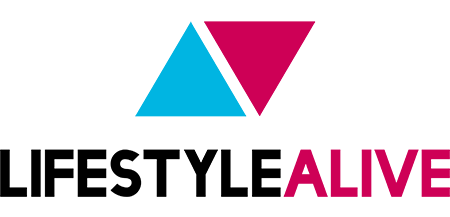The amount of data that is being stored every day is absolutely staggering. Every action and interaction in the world seems to be stored as data that can then be examined. If a company is looking for their historical sales on odd numbered Thursday dates in February, it’s available. A good business takes advantage of the data that is available to them to help plan their future.
This is accomplished through data analytics and the analytics tools available on the market. Analytics tools let you gain actual advantages and insights from the data floating in the ether of business ideas. However, it’s difficult to properly analyze data without analytics tools. The sheer amount of data available means that software and tools are the only way to really analyze that amount of information with any kind of realistic hope to implement it before the data is outdated. This article will look at types of data analytics and the tools that companies can use to make sure they are taking full advantage of data analytics.
Types of Data Analytics
Many people think that data analytics is just bringing together a bunch of data and then looking for patterns. There’s much more to it and there are four main types of data analytics that a company may make use of. The four types include:
- Descriptive - This is arguably the most basic type of data analytics. With descriptive analytics, historical data is charted to provide information over a set time period. This is commonly used for basic patterns like increased or decreased seales and clicks.
- Diagnostic - With descriptive analytics being the “what” happened, diagnostic instead looks at the why of what happened. This takes the same data and attempts to divine the cause of the changes. Often diagnostic analytics will clearly show the effect of things like marketing campaigns or supply disruptions.
- Predictive - While it’s impossible to know exactly what is going to happen in the future, predictive analytics do their best. Predictive analytics will examine the current state of a company and look for past similarities to the situation and how the company performed after those moments. It will also look at many factors expected to occur in the coming months. Simple items like weather for example. A mild winter is predicted? How has that affected the company in past instances?
- Prescriptive - Prescriptive takes all of the other types of analytics together and works to actually make a suggestion. While the others are reporting, prescriptive analytics is about action.
Best Data Analytics Tools
There’s a large number of tools on the market, so which one is best for your business? It depends on the size and needs of a business. That being said, some of the best include:
- Microsoft Power BI - This is a great option for people who appreciate their data being represented visually. The reports are clear and easy to understand thanks to those visual tools. It’s also very scalable.
- Qlik Sense - Machine learning is among the biggest growth areas in the business world today. Qlik Sense takes advantage of machine learning to help augment data collection and analysis to provide unique levels of information.
- Klipfolio - Sometimes a company doesn’t want to have to wait while analysis takes place. Instant metrics are exactly where Klipfolio excels. This lets businesses make decisions in as close to real time as is possible, giving them an advantage in the short term.
- Tableau - Tableau is one of the more expensive options per user, but is well worth it. Tableau is part of the Salesforce offering, meaning those already using Salesforce will get an advantage integrating it. It is strong visually, but also features its own AI.

